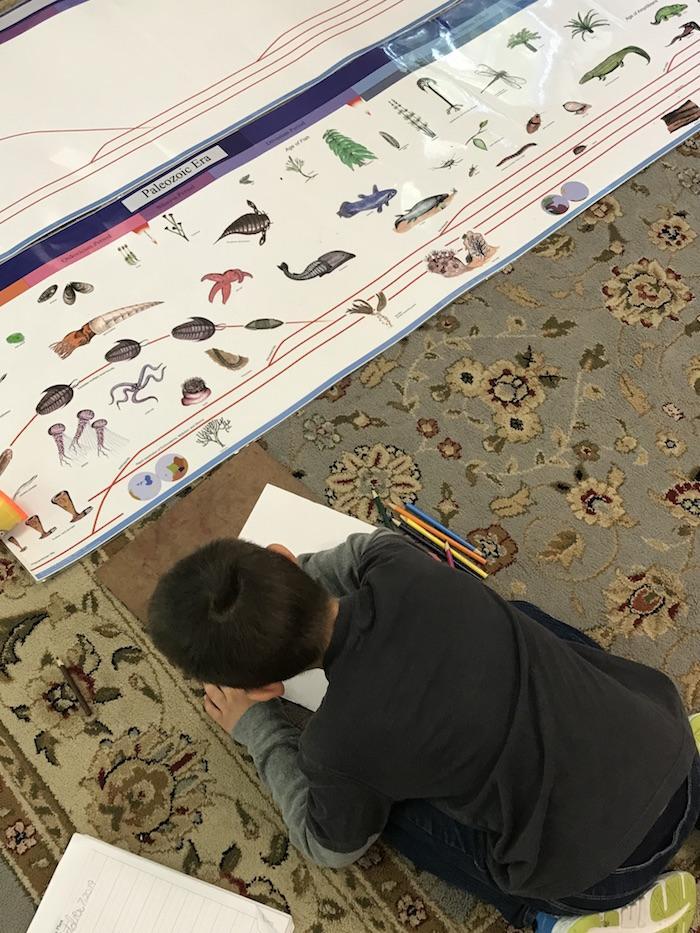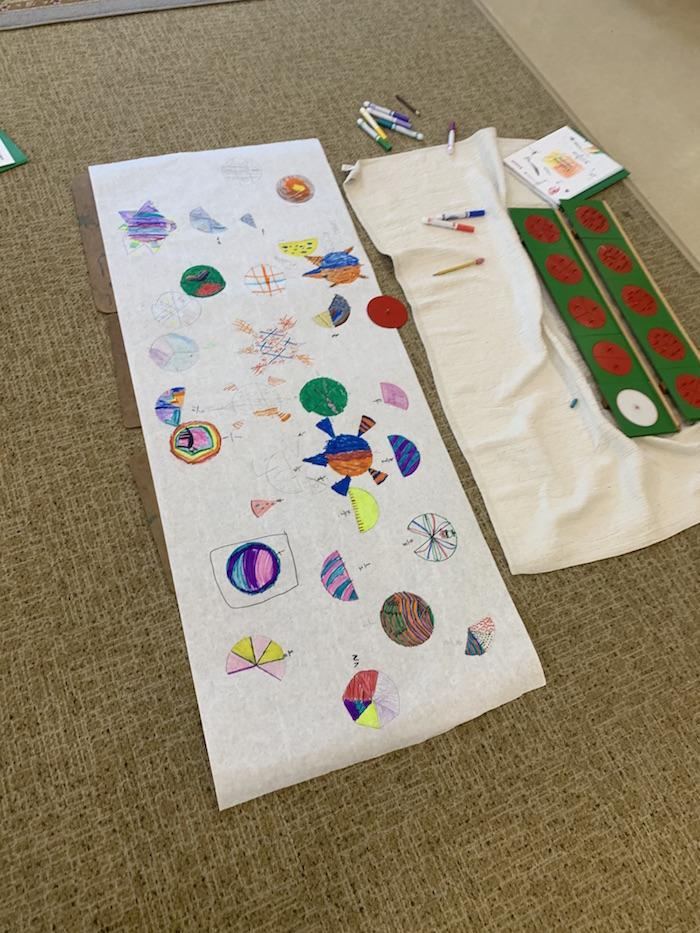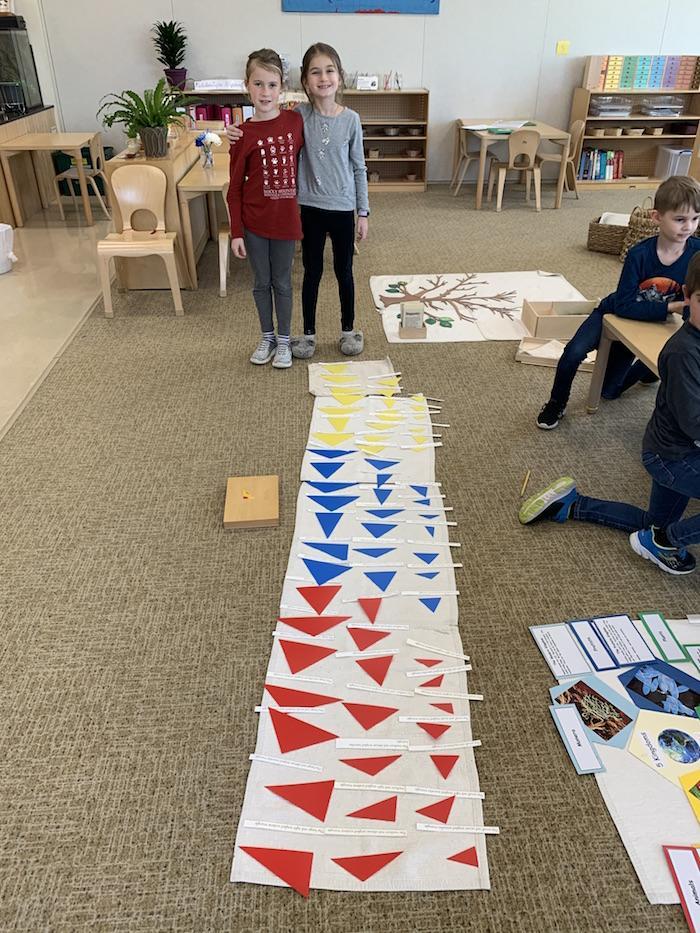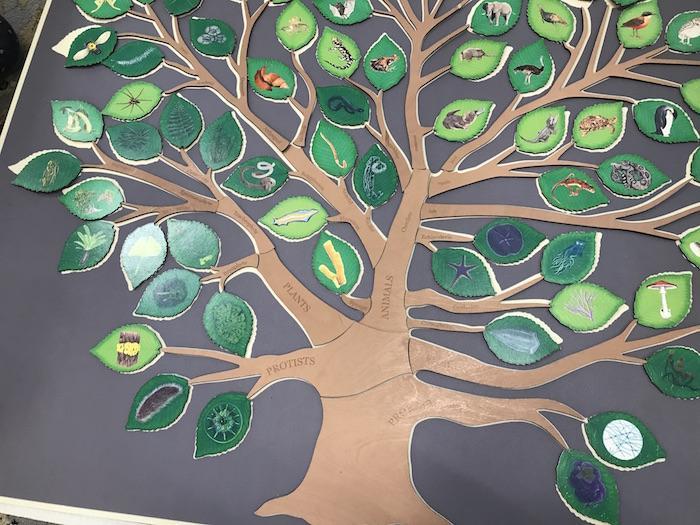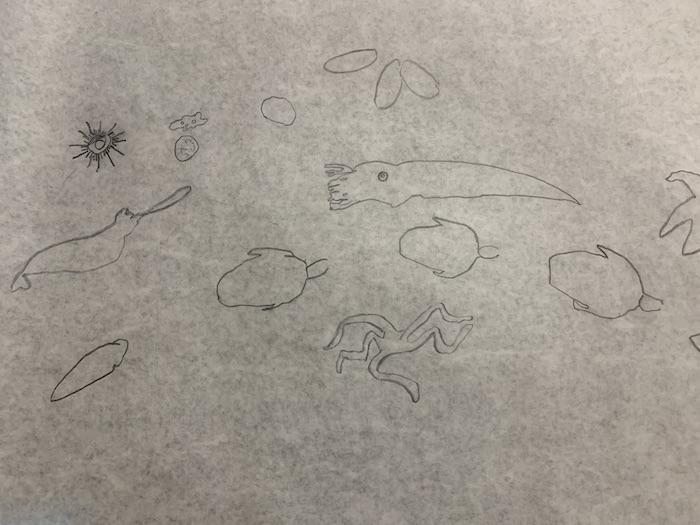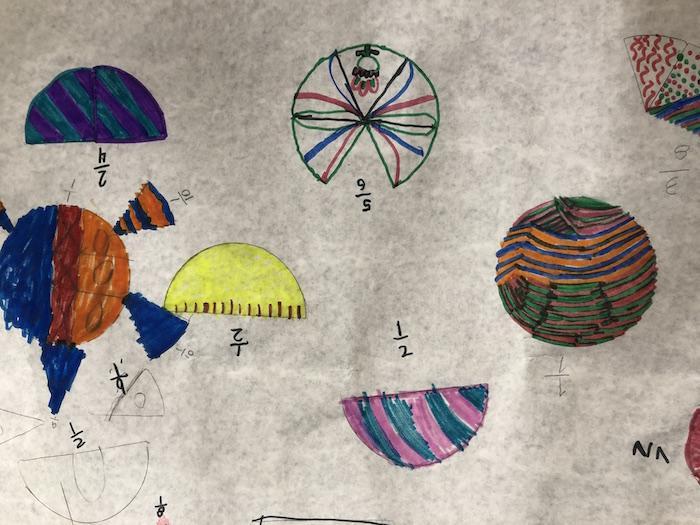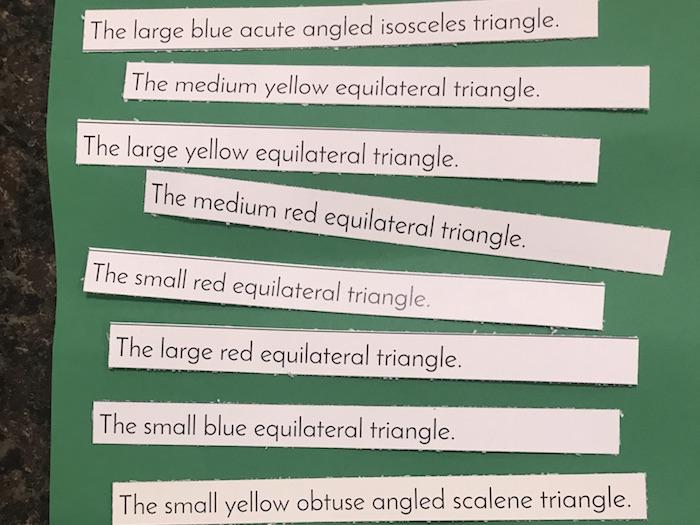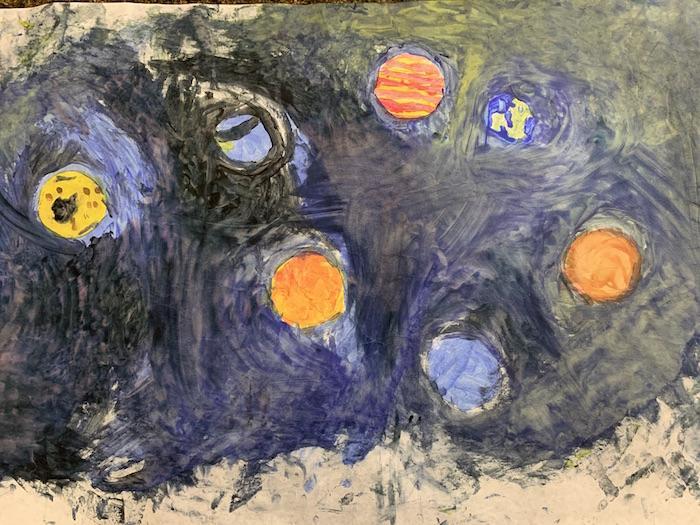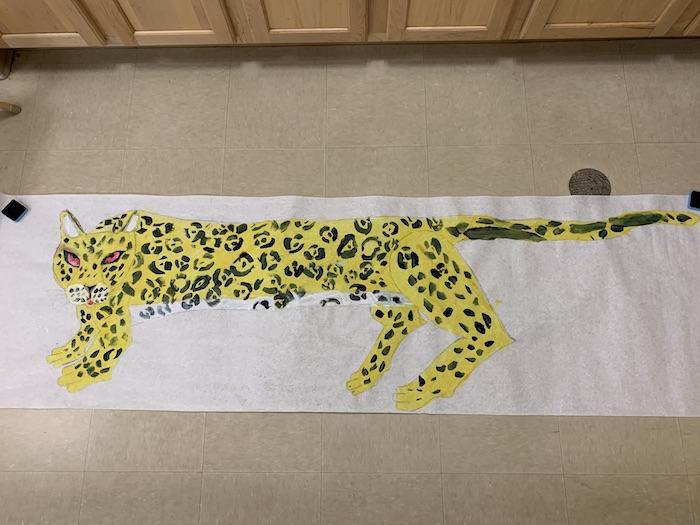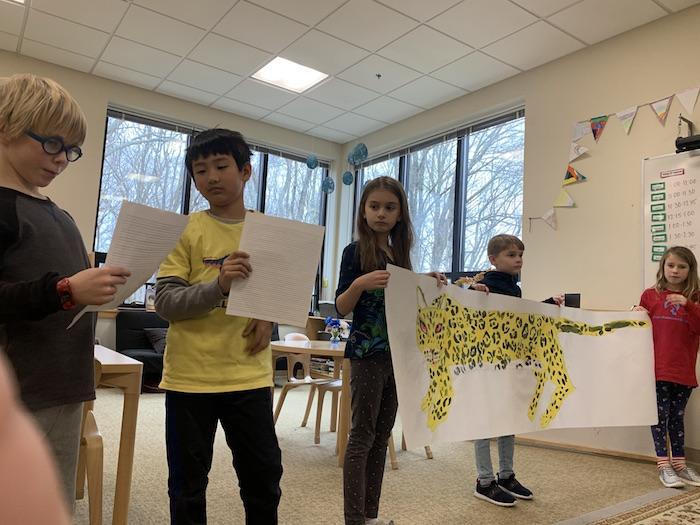Through her observations of children, Maria Montessori developed the theory of The Four Planes of Development, each plane having a distinct set of characteristics. Children experience both physical and psychological changes as they move from one plane to another. These changes are typically so profound that Dr. Montessori likened them to a rebirth. Children in the Elementary classrooms, ages 6-12, are in the Second Plane of Development.
Great Big Work
Great work is one characteristic of the Second Plane Child. What was once repetition, completing the same work over and over in the Primary classrooms, becomes repetition through elaboration in the Elementary classrooms. In this plane, children have a new found desire to do large projects that require an extensive amount of time and energy, challenging and developing their physical and mental staminas.
So what does great work look like in the Lower Elementary classroom? Great work can be seen on a daily basis. Children at this age have many questions about their world and these questions are generally big. Children are encouraged to answer their own questions through exploration. For example, a child may have a question about the solar system, specifically which planet is the largest? A book about the solar might be suggested for the child to look through to find their answer. In looking through that book, the child is fascinated by the solar system and discovers that they are interested in researching it as a whole. The undertaking of researching the solar system is an enormous task, but what might be thought of as a daunting for an adult, does not phase a Second Plane child. This undertaking is exactly what great work is. What started as a small question leads to something more in depth and detailed.
It is the Quest
Great work is about the quest, about the process, and about the connections children make within their world. Questions are asked, appropriate research materials are gathered, information is taken, and a visual representation is created. This work may take days or even weeks to accomplish and children remain steadfast and engaged.


